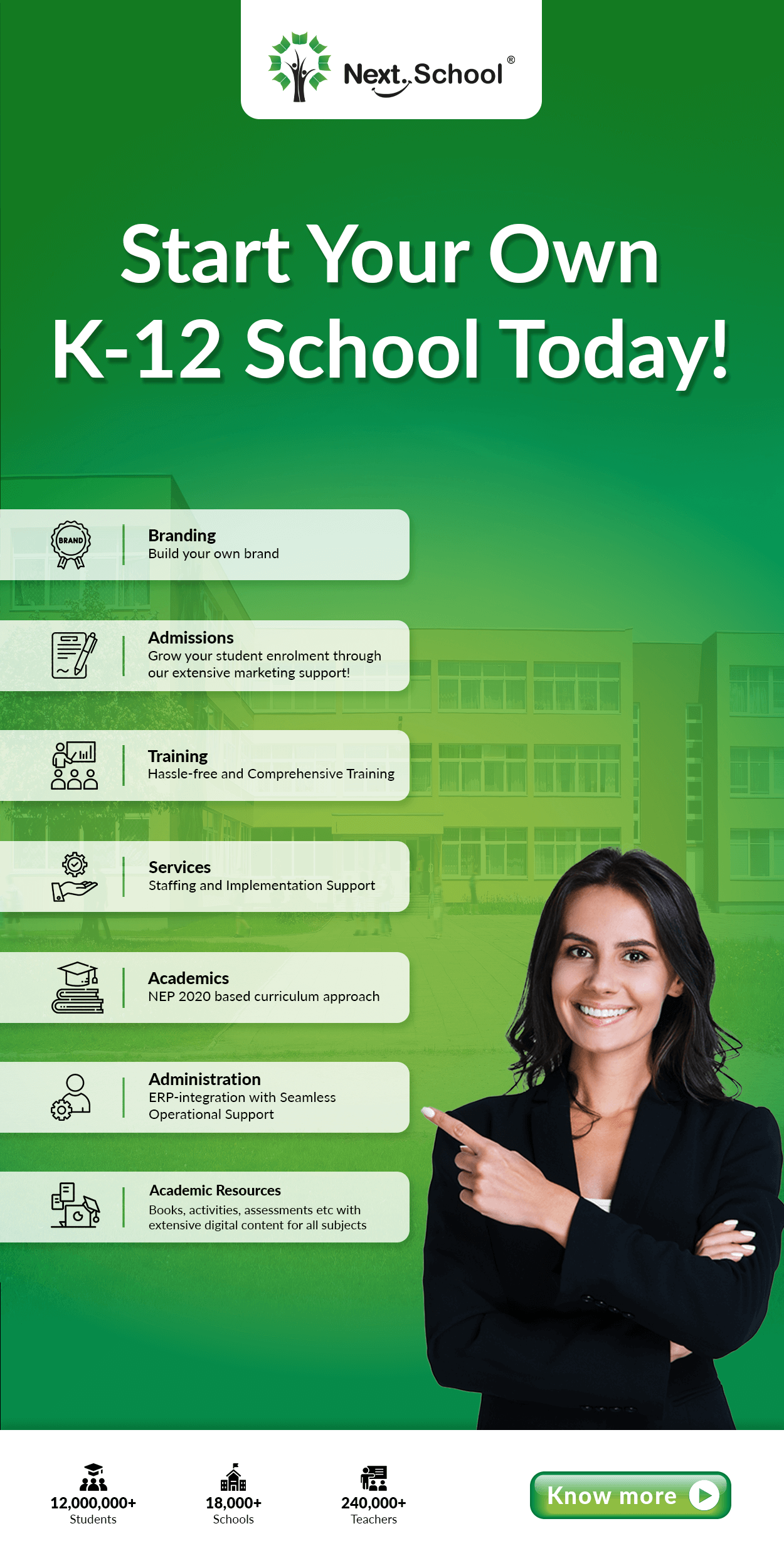Redesigning School Spaces for Higher Student Engagement

The physical space of a school can either create boundaries between teachers and students or break these boundaries and lead to a healthy collaboration between them, whereby learning becomes a social activity among equals.
It is a widely accepted belief that the culture of a school is solely the product of the people who run it and the policies, practices and pedagogical approaches they embrace. While it is most definitely true, we often overlook a key element in this amalgamation that can pave the way for a favourable culture at any school. This key element is the physical space of a school, which can either create boundaries between teachers and students or break these boundaries and lead to a healthy collaboration between them, whereby learning becomes a social activity among equals.
The focus of the school management is often so entrenched in the rigmarole of modifying the teaching and researching styles and outcomes that rudimentary factors such as ample sunlight, greenery, indoor plants, the right interplay of colours and art in the physical space and more importantly, comfortable furniture, which can greatly increase student engagement and set the right tone for teacher-student dynamics, are often discounted.
The marriage between a school’s culture and its physical space will be more consummate if these things are not left to the devices of the architects. There should be an active dialogue with the architects regarding consciously designing a contemporary and congenial learning environment by incorporating all these factors. Designing an ideal school space that is well-tailored to a school’s culture requires some reflection on what exactly the school is trying to communicate to its stakeholders. Moreover, these alterations in the learning spaces don’t necessarily have to be costly and can be done gradually even on a shoestring budget.
Role of Daylight and Greenery
Various researches have indicated the benefits of exposure to daylight and greenery, and the subsequent levels of happiness experienced by individuals. Students feel lively in well-lit classrooms as opposed to dark ones which may dampen their spirits. It is no wonder then that learning outcomes depend on these ergonomic factors.
Though the geography of India is varied and the annual sunshine may differ in the myriad states of the country, clever use of space in school classrooms, laboratories and corridors to incorporate sunshine, fresh air and plants will create feelings of warmth and transparency in all the stakeholders of the school. In the perennially cold regions, where sunlight is scarce, a school must strive to use artificial lights so that students don’t feel like they are in a formal setting away from home.
Challenging the Traditional Classroom
The archetypal classroom set-up has the teacher positioned at the front of a four-walled classroom and the students facing him or her, seated on the same chairs all day. This may be a reasonable thing to do as the teacher is the epicentre of all instruction in the classroom. However, this creates a one-way dynamic where the teacher almost involuntarily becomes the authority figure instead of an active collaborator who helps students acquire, assimilate and apply knowledge. Further, this situation also reduces the chances of students learning from and sharing their insights with each other.
A school should create a more democratic environment by challenging this traditional set-up and revisiting the seating arrangements of students. Contrary to the notion that students concentrate better when they are seated still in one place, research by education psychologists highlights that students are more engaged in their lessons when they are not static the whole time. So, we must design school spaces in a way that gives students a variety of options and mini spaces within a large space to move around.
For example, schools can have round tables for formal tasks involving discussions and beanbags for informal brainstorming and activities. Often, there is a paucity of space and resources in schools. However, schools must look at this as an advantage and not an obstacle. They can create the harmonious feeling of a community by having brainstorming tasks in the corridors or gardens. Teachers can take their students to these shared spaces for a change that will make them learn better.
Further, since students spend a considerable time in schools, it is crucial to make them feel comfortable and respected by providing them with ergonomic tables and chairs instead of making them sit in uncomfortable chairs all day long and expecting them to concentrate.
These changes will also augment teachers’ performance as they too will reap the benefits of abundant sunshine, plants, comfortable seating spaces and a dynamic yet cosy learning environment where they can nurture their relationship with students on a one-to-one basis.
Embracing Colours and Art
Finally, the colour scheme and even the art in a school can create a good balance between emphasising knowledge and highlighting the cheerful elements of learning. For instance, a painting of a magnificent sunflower or a painting by Claude Monet, like ‘The Cliff,’ in schools can inspire students to express themselves freely, ask questions, and be imaginative and cheerful. Powerful quotations from people who have struggled in their lifetimes can influence the students to respect and strive for hard work while feeling grateful for what they have. These elements can also inspire the teachers to feel empowered as educators and continue believing in their vision of a better world.
Thus, a higher student engagement in the classroom is not only about revamping the curriculum and teaching styles but also realigning and redesigning learning spaces to reflect values and create more meaningful student-teacher relationships.

